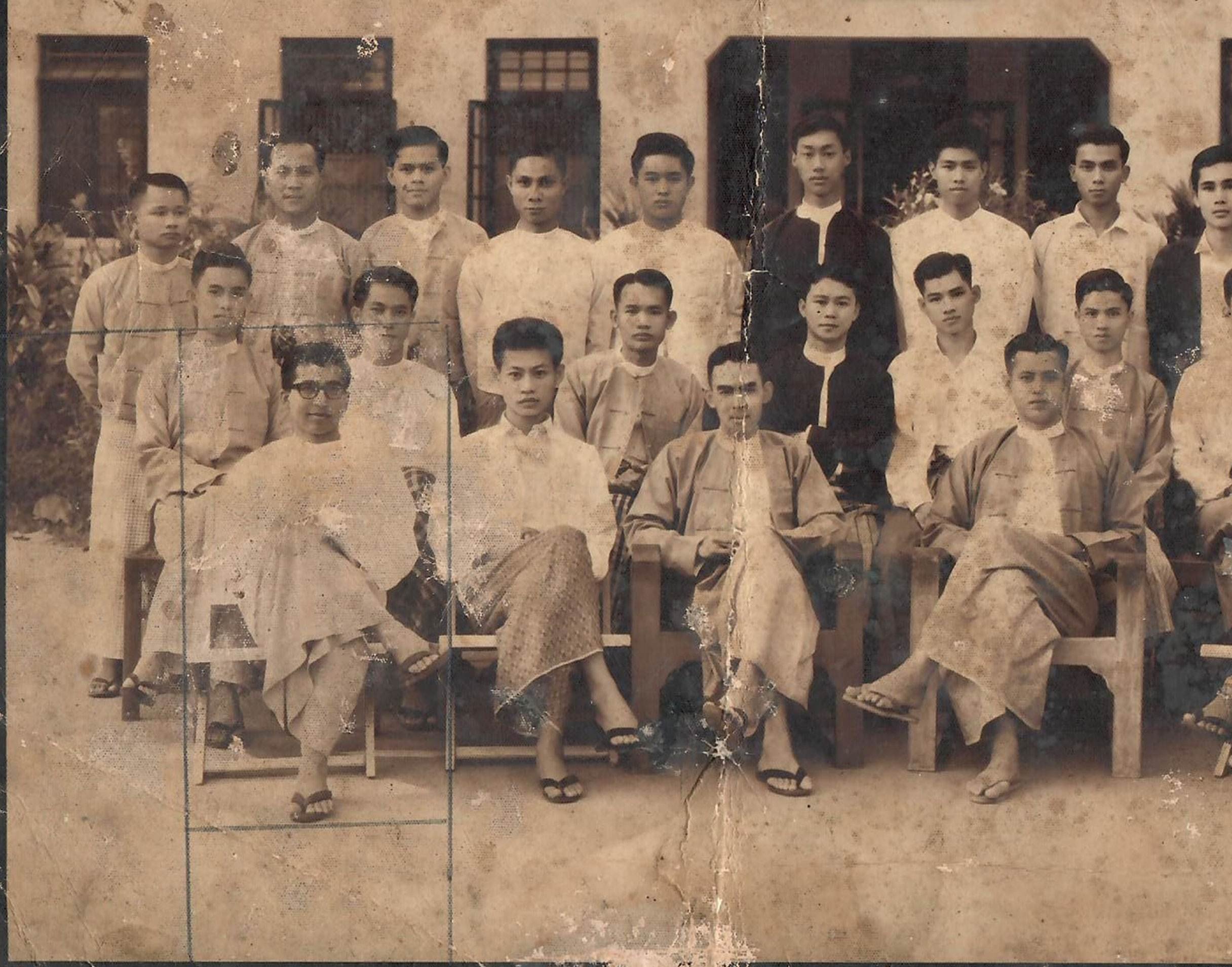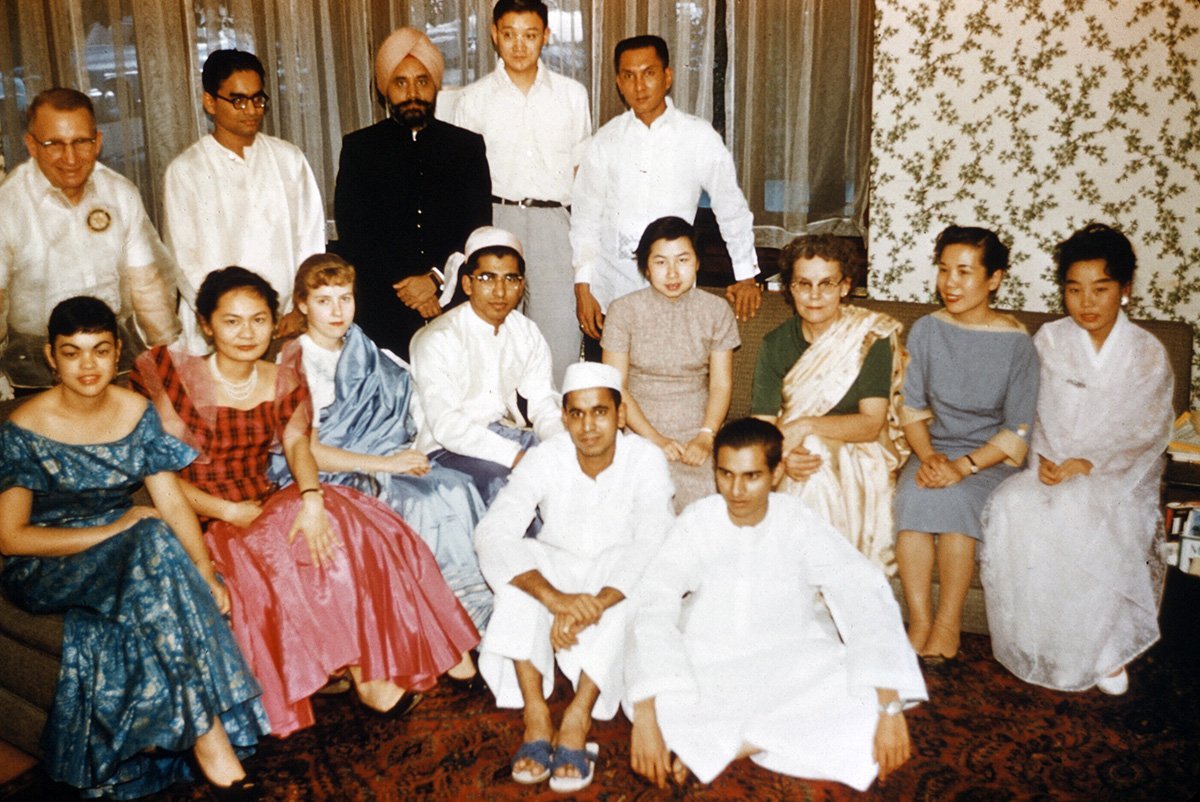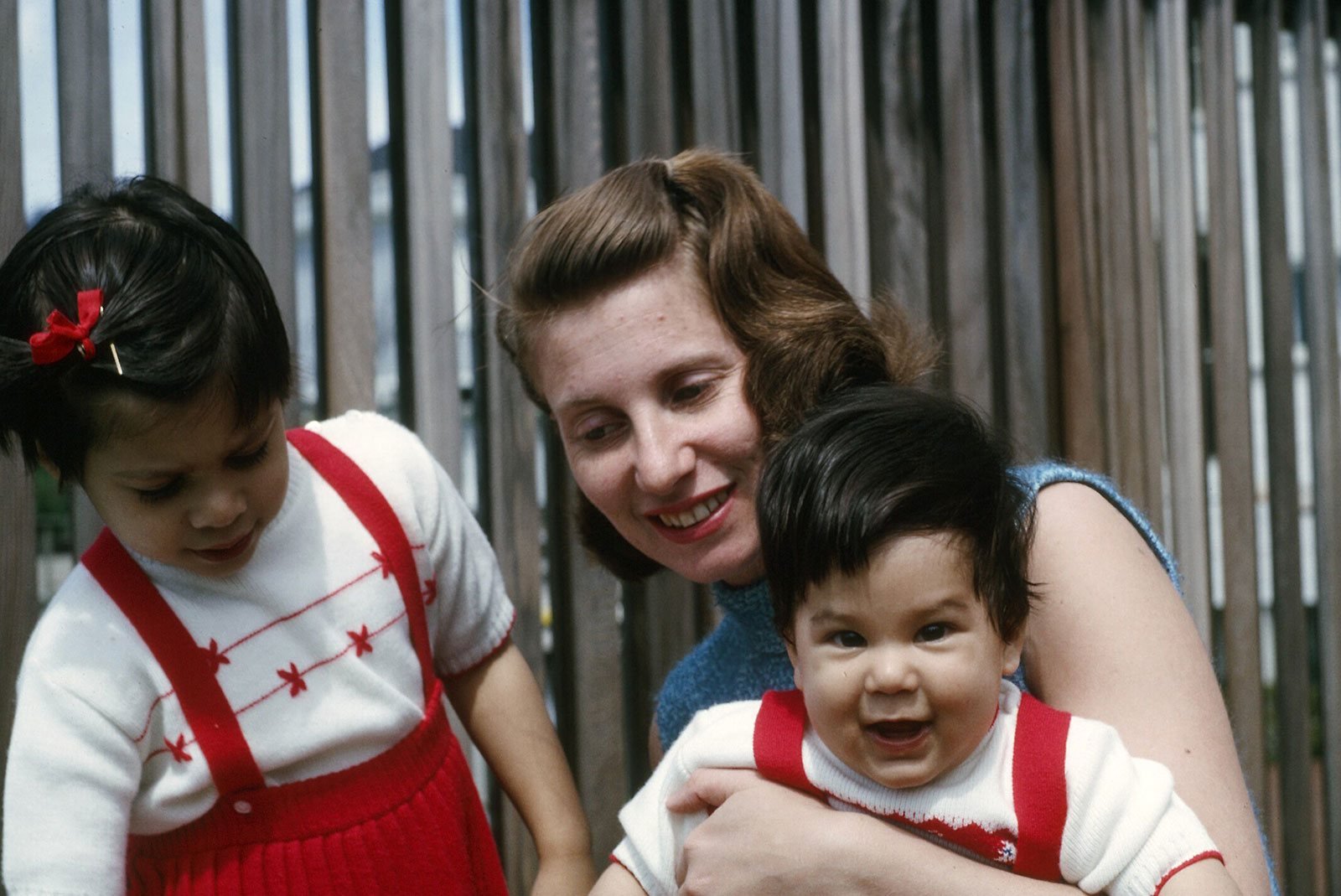
The Nuclear Physicist
The Story of Dr. Tin Maung
TRAILBLAZERS #1
The idea for TRAILBLAZERS was created by Haikal Mansor
All photographs courtesy of the family of Dr. Tin Maung
Dr. Tin Maung was born on June 12, 1935 in Buthidaung in northern Arakan, Burma. His given name is Abul Hussein. During the Japanese occupation of Burma during WWII, he and his family had to flee their home in Buthidaung several times. A bright student, he attended Rangoon University. In the mid-1950s, young students like Tin Maung were sent overseas on student exchange programs to attain advanced degrees in science, engineering and other technical subjects. In 1957, Burma became a member of the International Atomic Energy Agency (IAEA). The Burmese government sent Tin Maung to the United States on a scholarship to continue his studies in physics and nuclear science at the University of California in Berkeley. His education in the US was to prepare him to work for Burma’s Atomic Energy Center. While at Berkeley, he studied with the acclaimed nuclear physicist Prof. Kenneth M. Crowe and with the 1959 Nobel Prize laureate for Physics, Owen Chamberlin. Tin Maung’s research was supported by the US Atomic Energy Commission and was conducted at the Ernest O. Lawrence Radiation Laboratory in Berkeley, CA. On March 15, 1962, he submitted his PhD thesis: Total Cross Section of K− Mesons on Nucleons in the Momentum Region 630 Mev/c to 1100 Mev/c. On January 23, 1963, Tin Maung was awarded his PhD in Physics. (Continued below…)
Tin Maung (sitting - lower left) with other lecturers at Rangoon University.
With colleagues at the University of California, Berkeley. (circa 1960-1962)

Pages from Tin Maung’s PhD Thesis.





While studying at Berkeley, Tin Maung met Ellen Manpearl. Ellen was a strong, young woman from a Jewish American family in California. She was also studying at Berkeley. The two married in March 1961 and gave birth to a daughter.
After completing his PhD at Berkeley in early 1963, Dr. Tin Maung had to return home to Burma. By this time, the political situation in the country had taken a dramatic shift. General Ne Win had overthrown the parliamentary government in a coup, the country was under military rule and the security situation for those educated abroad, like Tin Maung, worsened. While he was in Burma, Ellen and their daughter waited for him in the United States. Ellen soon grew anxious and impatient as his initial visit to Burma was lasting much longer than anticipated. Worried, she sold her baby grand piano (a gift from her mother) and bought two plane tickets for herself and their young daughter. The two arrived in Burma and stayed with Tin Maung and his family for one month until their visas expired. Upon her return home to the US, she contacted the US government and informed them of Tin Maung’s security situation. Tin Maung realized he could not stay in the country and that same year, while in Arakan, he fled across the Naf River and escaped from Burma to Bangladesh. He claimed asylum to the US Consulate in Bangladesh and was then flown back to California where he reunited with Ellen and his daughter. (Continued below…)

Tin Maung, including other foreign students, socializing together at Berkeley. (early 1960s)


After returning to California, Tin Maung worked for a time at Lawrence Livermore National Laboratory. In 1965, he relocated to San Diego to teach and continue his research at the University of California, San Diego (UCSD). After receiving tenure at UCSD, he began to work on highly classified US government contracts for Science Applications International Corporation (SAIC). He specialized in building large, complex, computer-controlled instrumentation systems in the areas of radiation monitors and non-destructive testing. When the partial nuclear meltdown occurred at Three Mile Island in 1979, he was part of a team on the ground to assess the situation. Throughout his career, he was also involved in projects related to nuclear submarines and the Space Shuttle.
In his private life, Tin Maung was a loving and involved family man to Ellen and his three children. He loved the outdoors and camping and had a strong passion for sports, especially badminton and American soccer. For over 20 years, he was well known throughout the United States as a highly respected soccer referee.
Dr. Tin Maung died unexpectedly on October 28th, 1991 at the age of 56. He was playing badminton at the time of his death. He was buried in the Muslim Section of the Mount Hope Cemetery in San Diego, California.




Family life


The project Ek Khaale extends its deepest gratitude to the family of Dr. Tin Maung.
Published - December 3, 2024.









